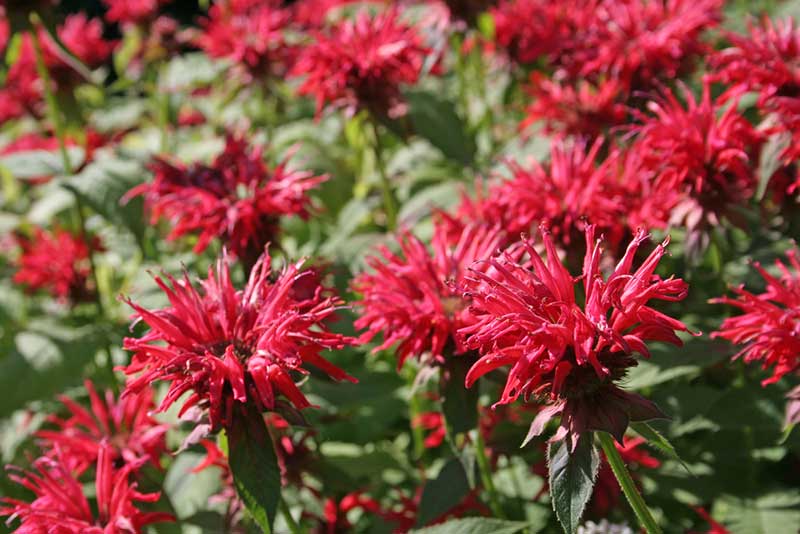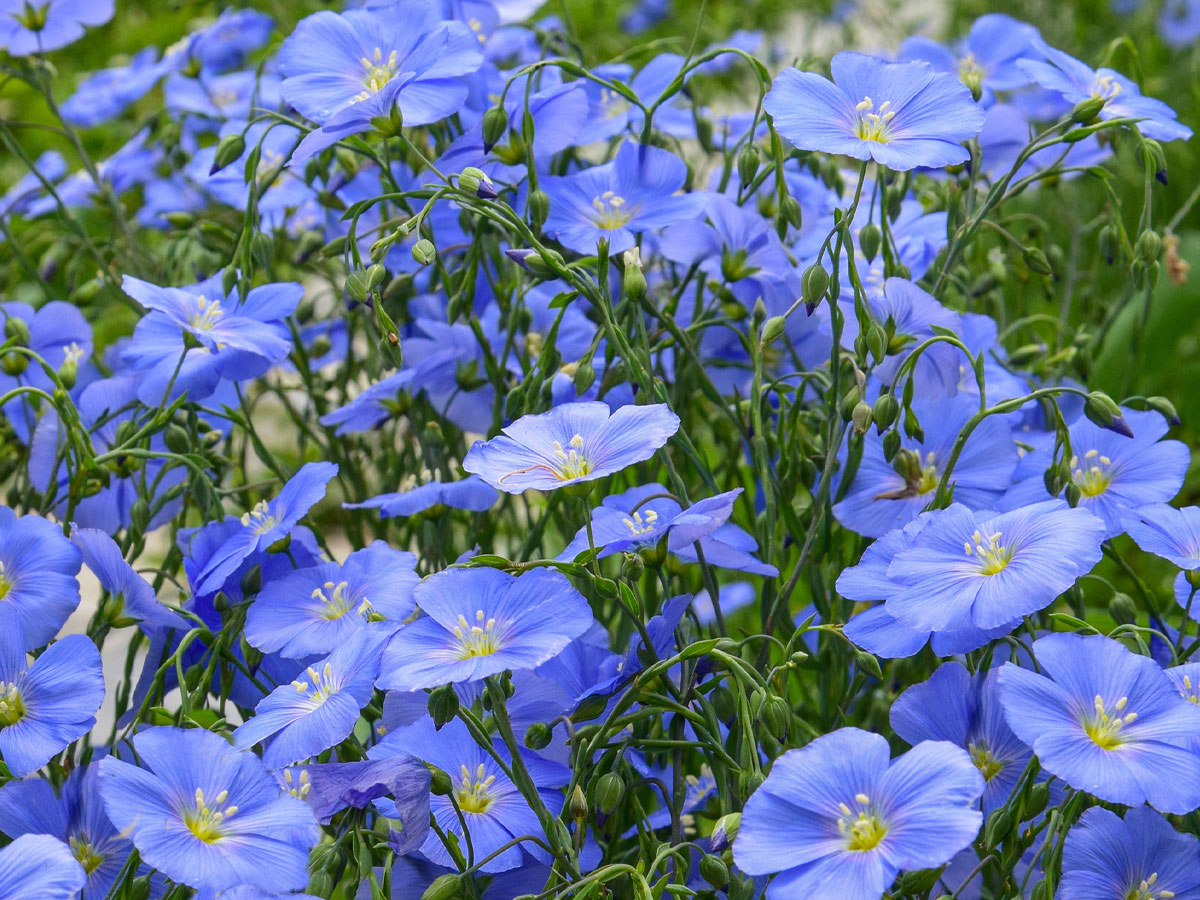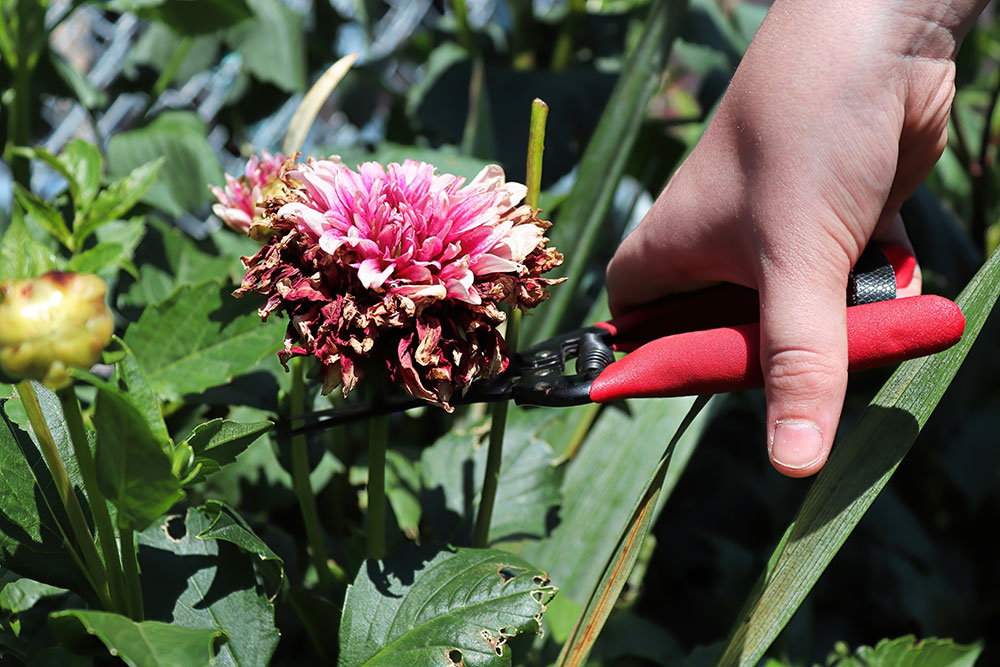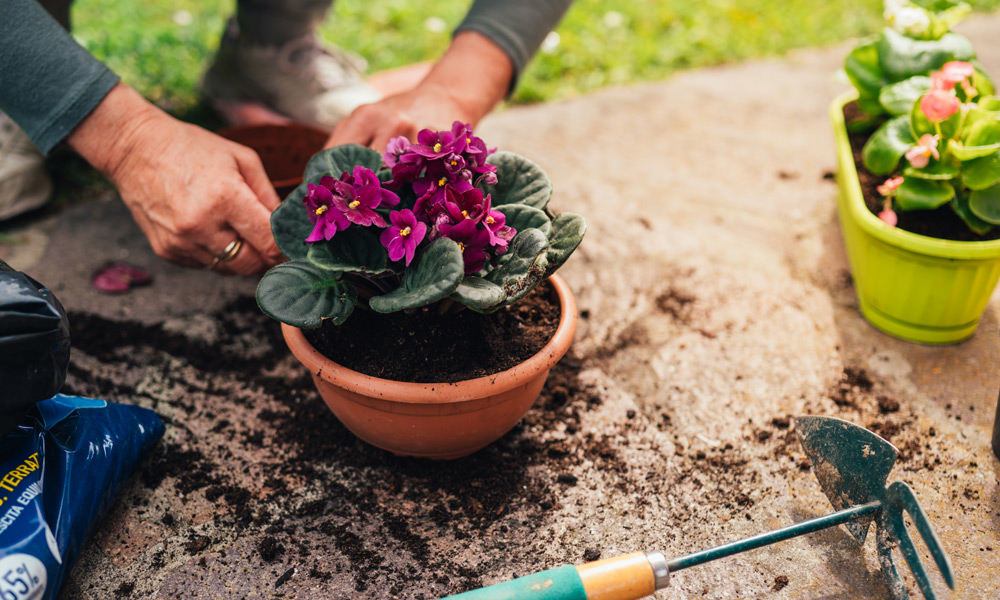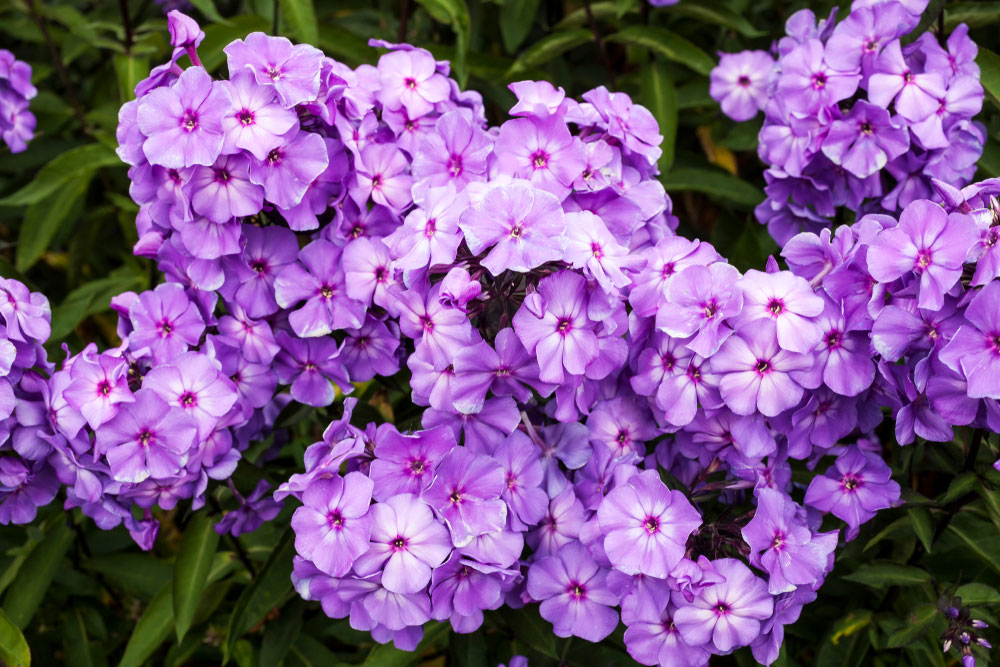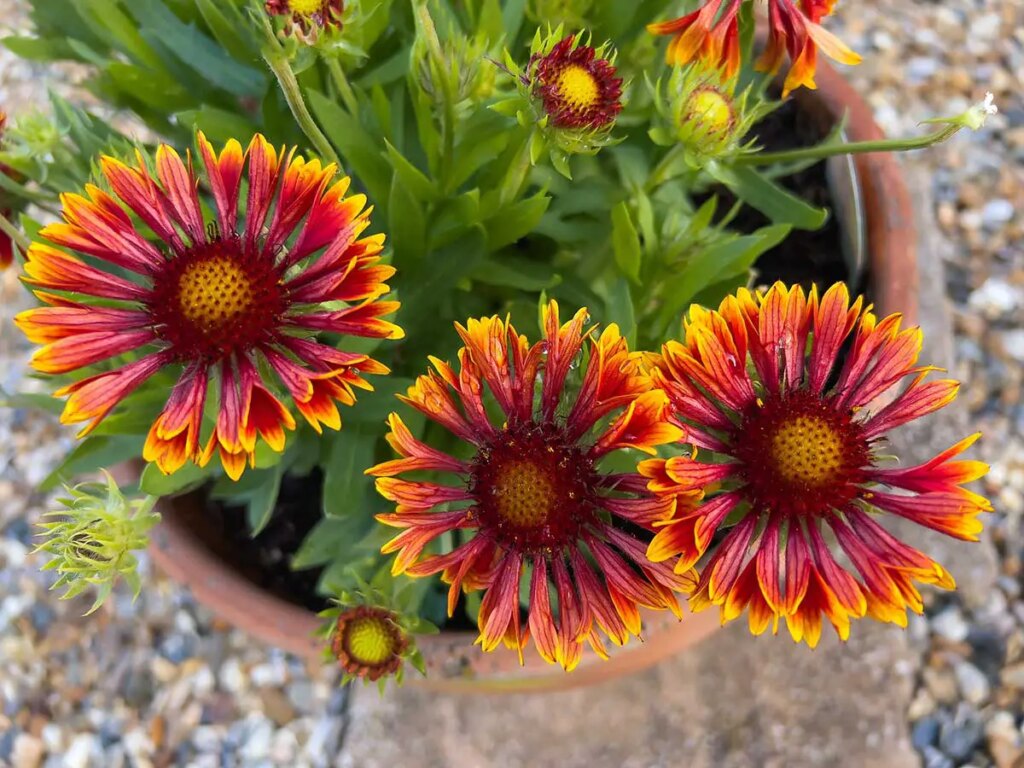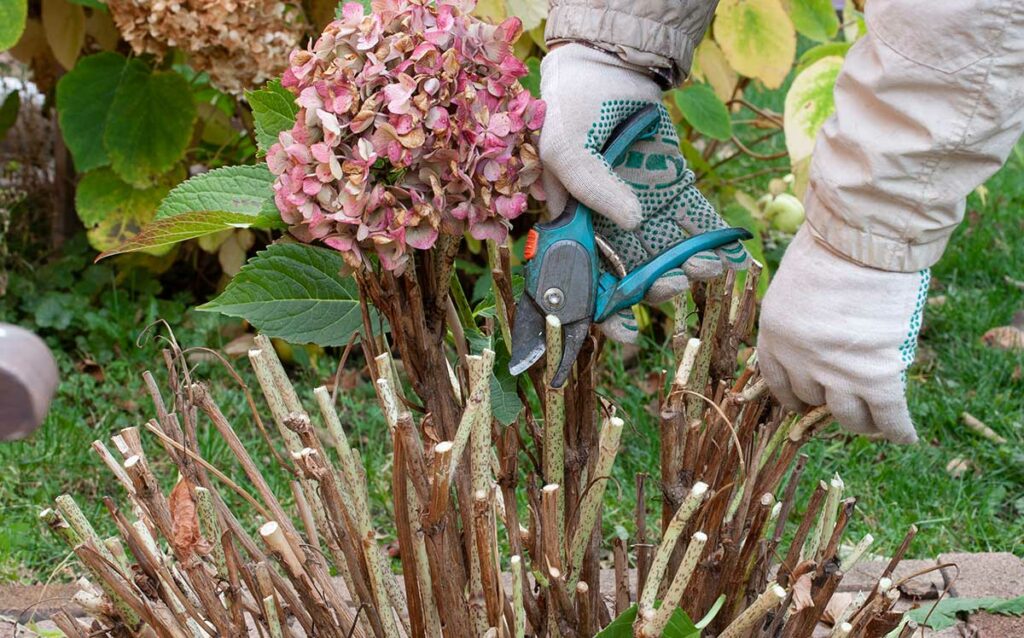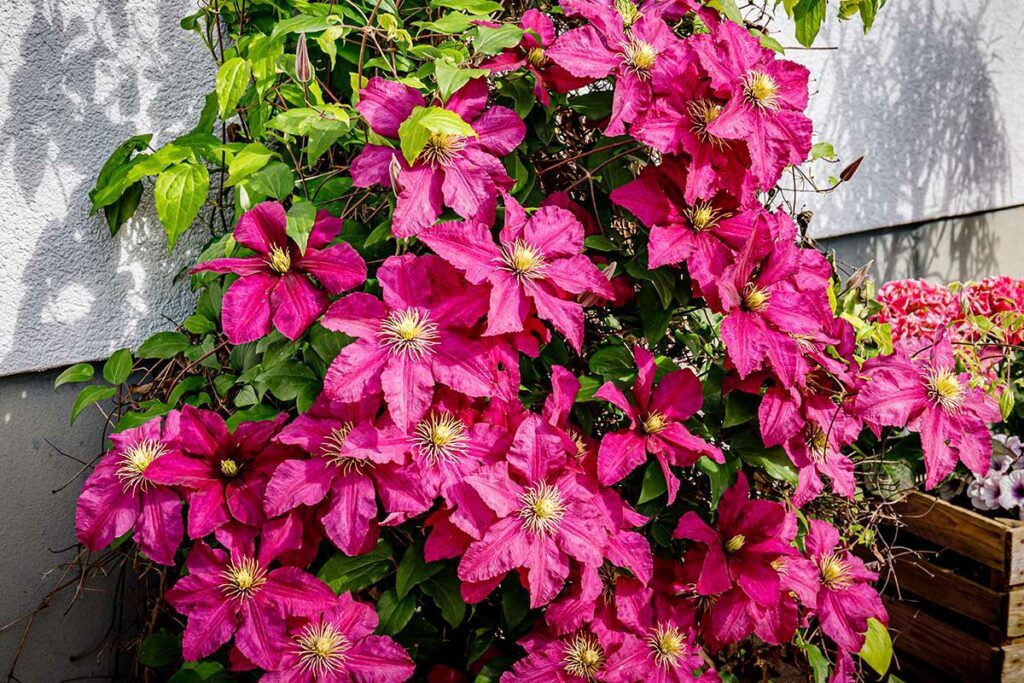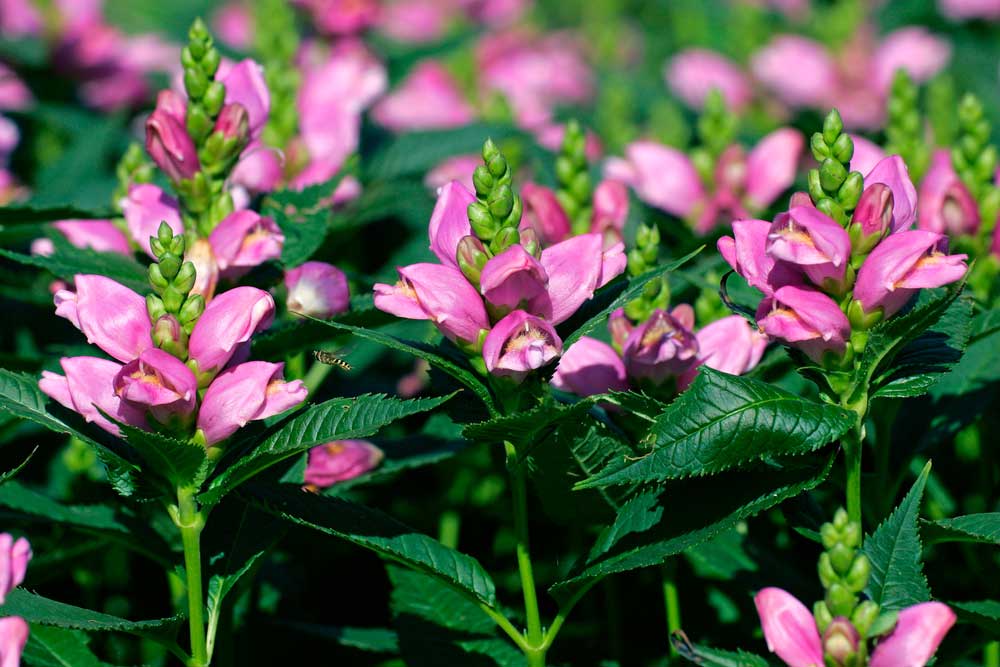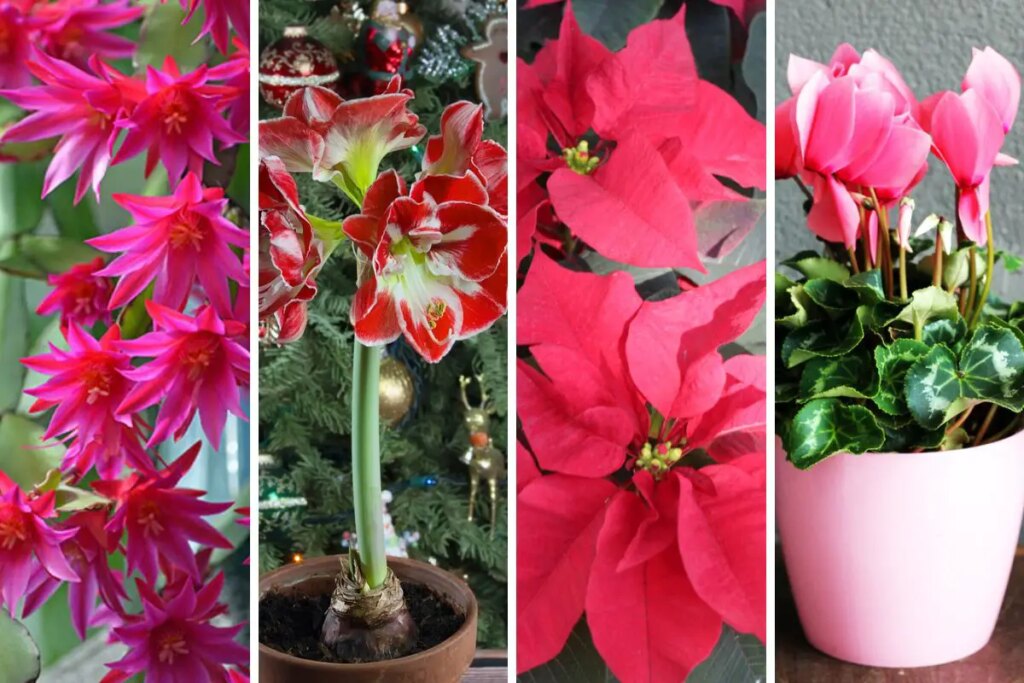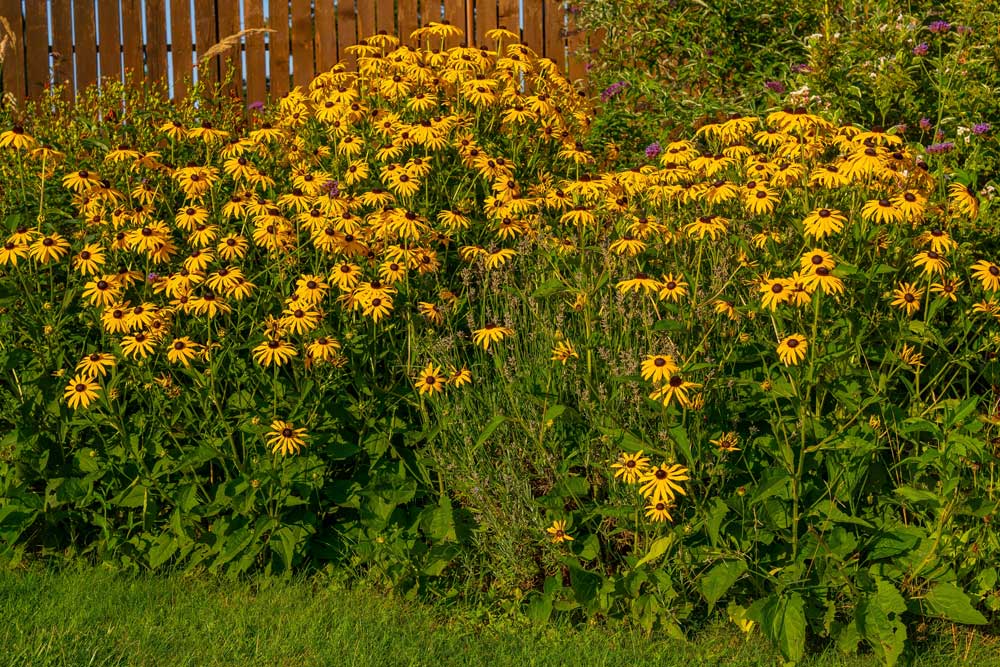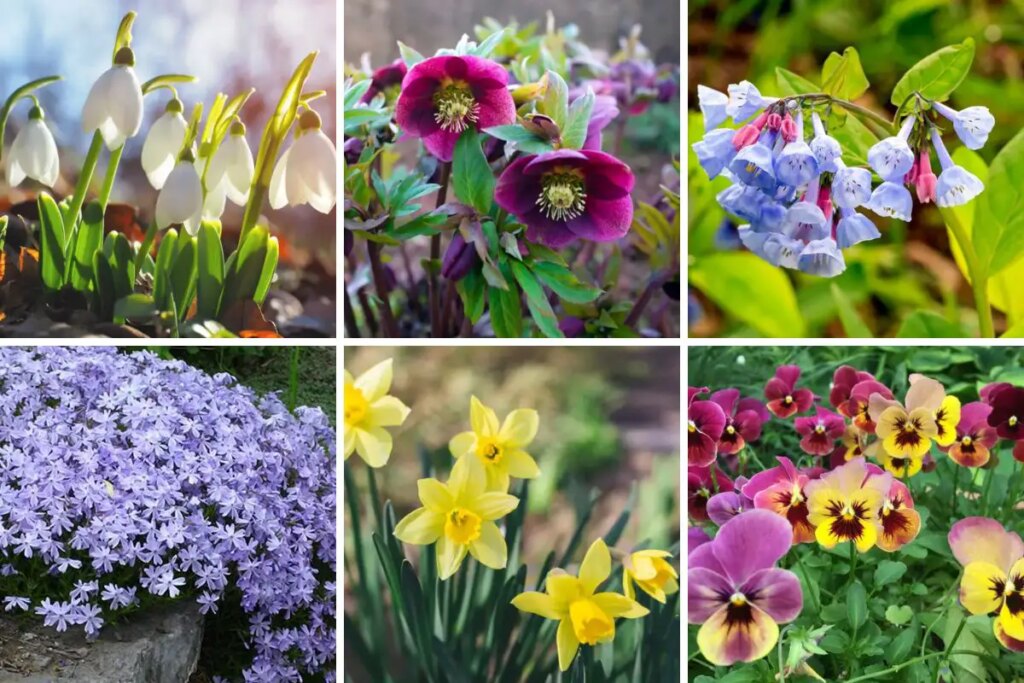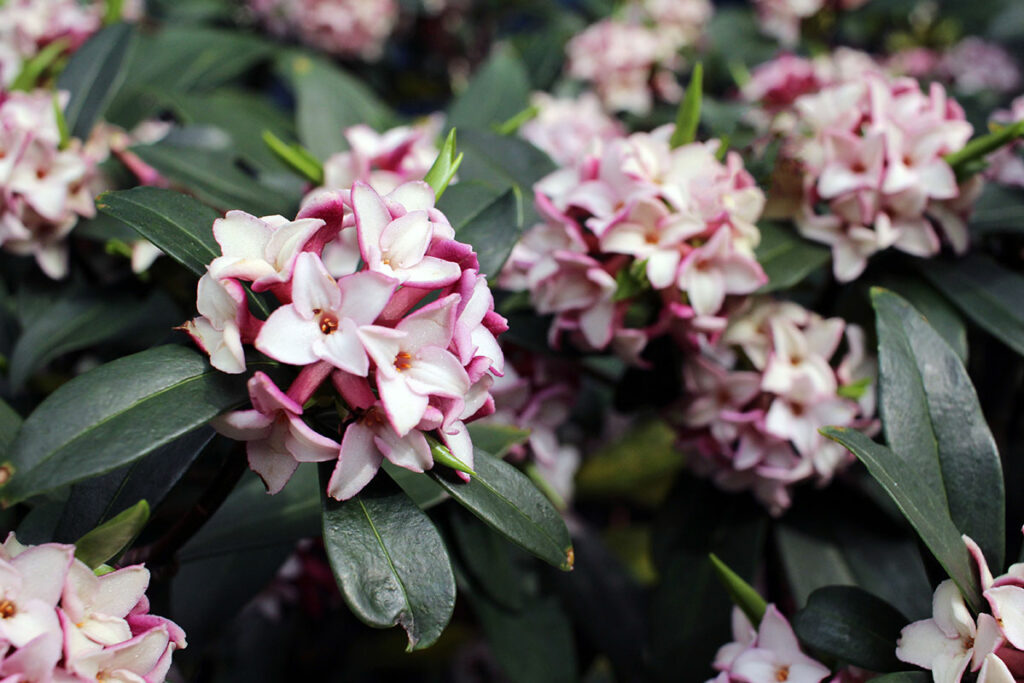Winter is the perfect time to grab your pruning shears and give your garden some much-needed attention.
December, in particular, offers an ideal window for pruning several plants during their dormant phase.
This guide will walk you through which plants need cutting back and how to do it properly.
1. Grapevines
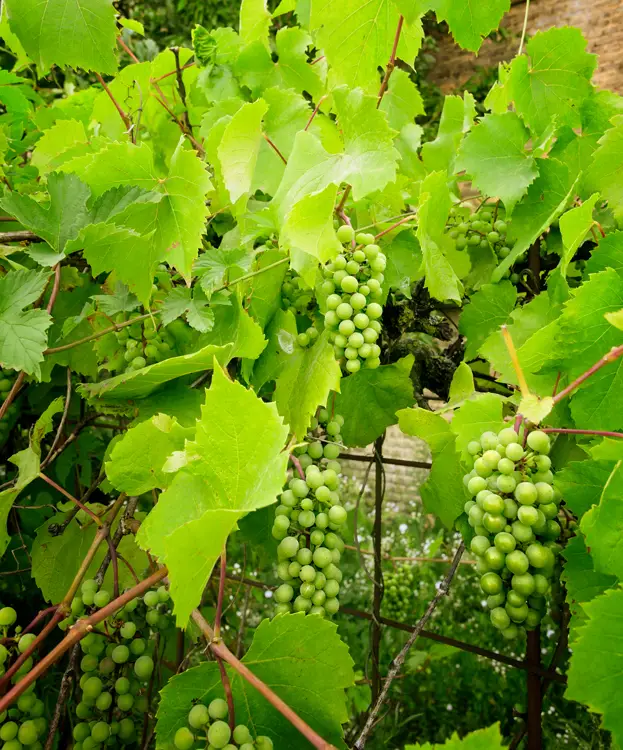
Early winter is crucial for maintaining healthy grapevines. Take advantage of their dormant period before Christmas to prevent sap bleeding that could weaken your vines. Focus on cutting back to a main ‘rod’ or arm that’s trained along your support wires. This strategic pruning ensures better fruit production and maintains a manageable vine structure for the coming growing season.
2. Wisteria
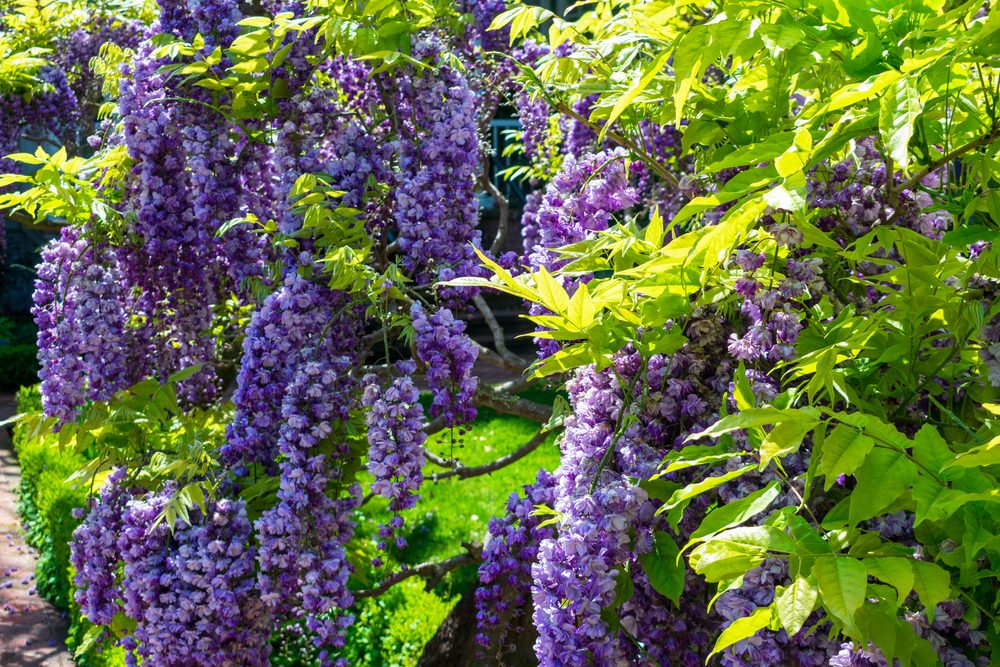
These stunning climbers need attention between November and February to maintain their spectacular spring display. Start by cutting back the previous summer’s growth to just two or three buds. Remove any dead, diseased, or damaged branches you spot. Don’t forget to eliminate suckers growing from the base – these sneaky shoots can steal energy from your main plant.
3. Autumn-fruiting Raspberries
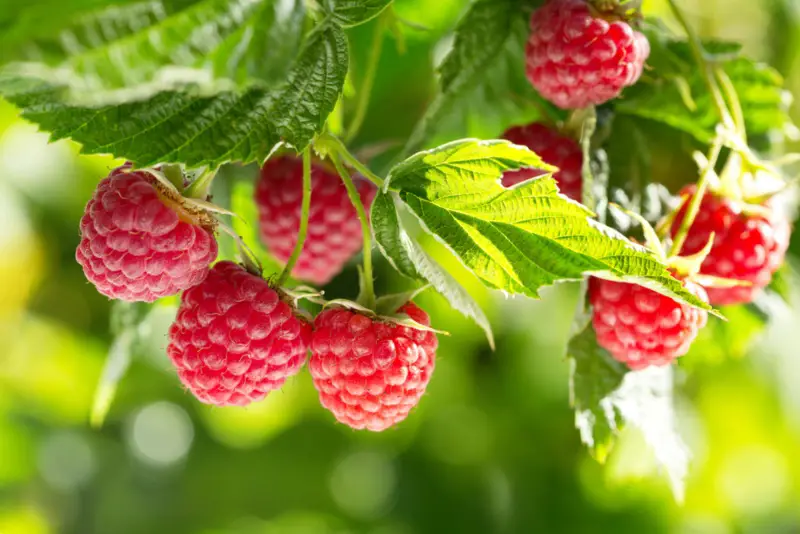
Winter maintenance for these late-season berries is straightforward but essential. Cut all canes down to approximately 5cm from the ground level. This dramatic pruning might seem harsh, but it’s exactly what these plants need. Your reward will be vigorous new stems that will bear an abundance of fruit next autumn.
4. Group 3 Clematis
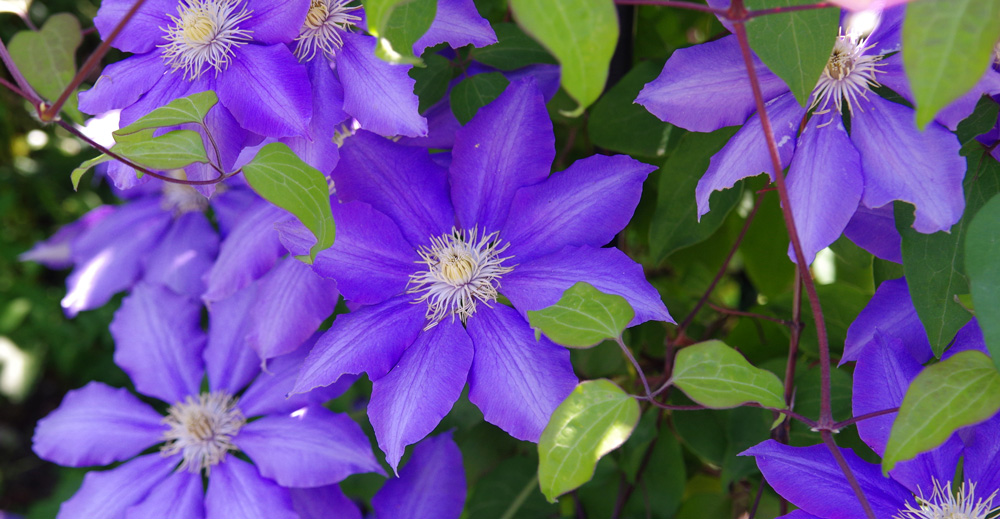
Late-flowering clematis varieties benefit from a thorough February cutback. Don’t be shy – trim the entire plant down to about 10cm above ground level. This aggressive pruning removes old growth and stimulates strong new flowering shoots. Your clematis will reward you with a spectacular display of blooms in late summer.
5. Roses
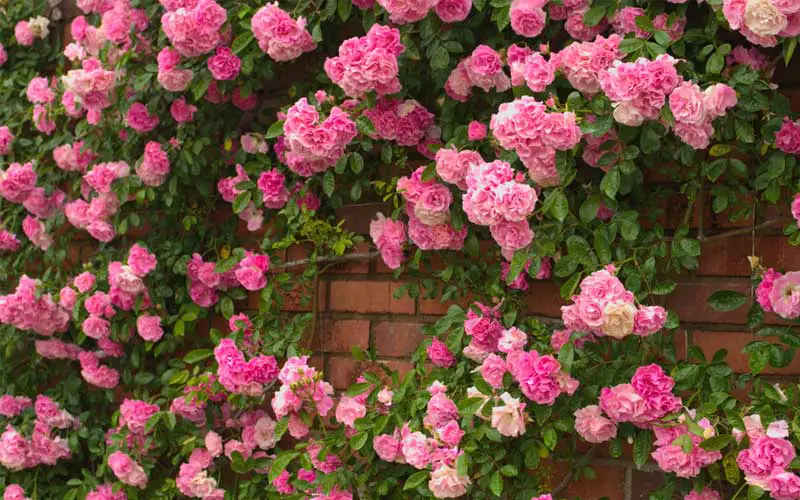
Winter rose pruning requires a thoughtful approach to promote healthy growth and abundant blooms. Focus on removing thin, weak stems more severely than thick, vigorous ones. This selective pruning helps maintain the plant’s shape while encouraging strong new growth. Your roses will thank you with a stunning display of flowers come summer.
6. Fruit Bushes
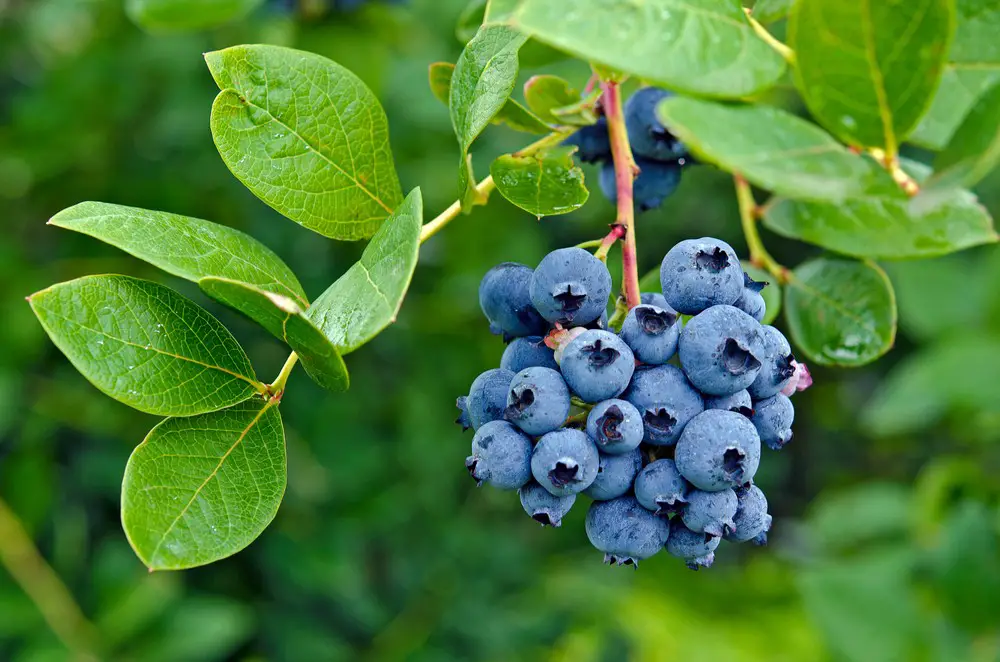
Winter is prime time for shaping your berry bushes, including blueberries, blackcurrants, gooseberries, and redcurrants. Aim to create an open, goblet-shaped structure by removing some old wood each year. Keep the healthy young branches – these will be your future fruit bearers. Good air circulation through the bush helps prevent disease and makes harvesting easier.
7. Peonies
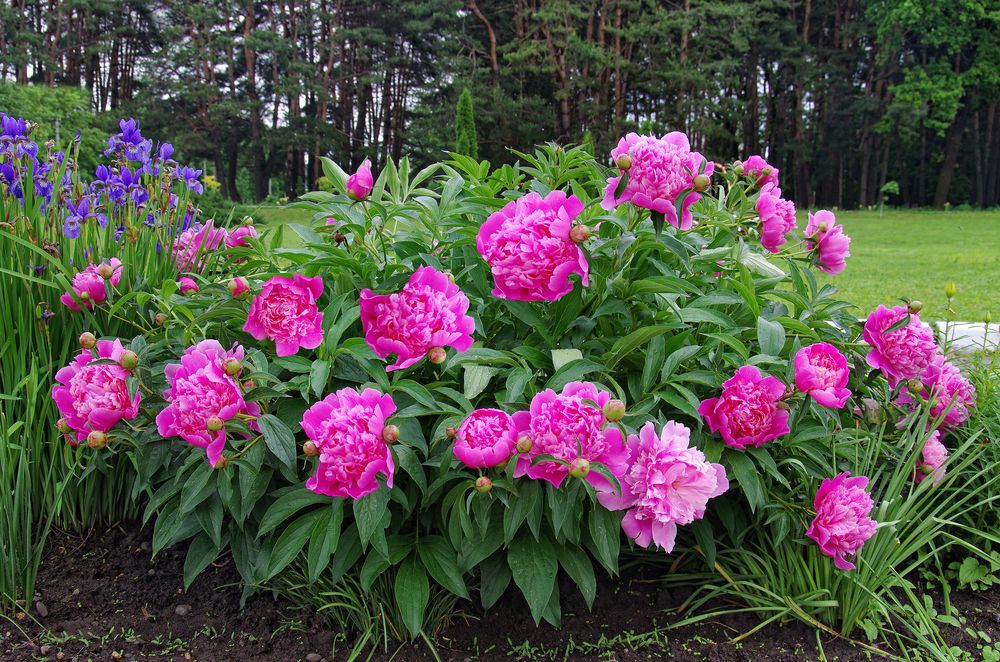
Once frost has visited your garden, it’s time to tend to your peonies. Cut the stems back to just a few inches above soil level. This cleanup not only tidies your garden but also prepares these beautiful perennials for robust spring growth. Removing old foliage helps prevent disease issues during winter dormancy.
8. Daylilies
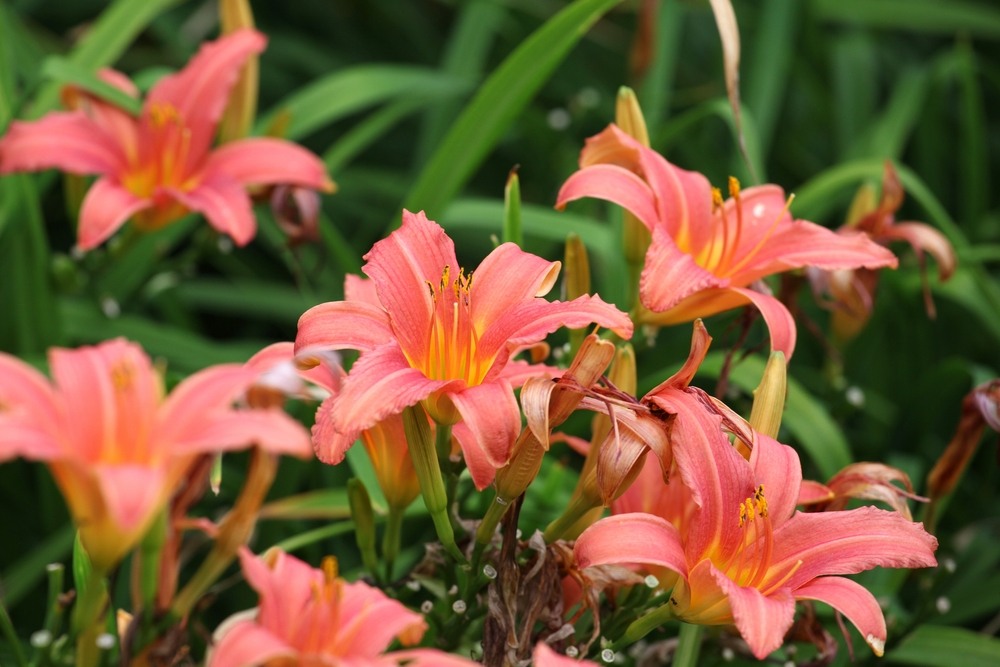
December is perfect for trimming back daylily foliage near the plant’s base. This prevents the unsightly appearance of drooping, winter-damaged leaves and prepares your plants for fresh spring growth. Removing old foliage also reduces hiding spots for pests and disease-causing organisms.
9. Crocosmia
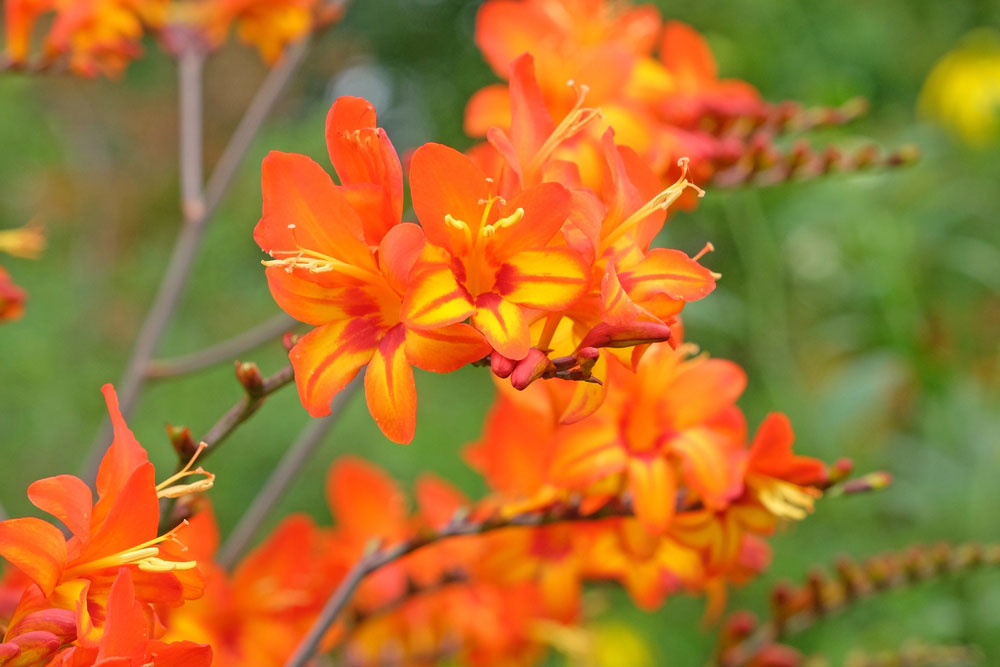
Early December is the ideal time to tidy up your crocosmia plants. After the blooms have faded, cut the old flowering stems right down to ground level. Remove any dead foliage while you’re at it. This maintenance not only improves appearance but also helps prevent overwintering diseases that could affect next year’s growth.
10. Deciduous Shrubs
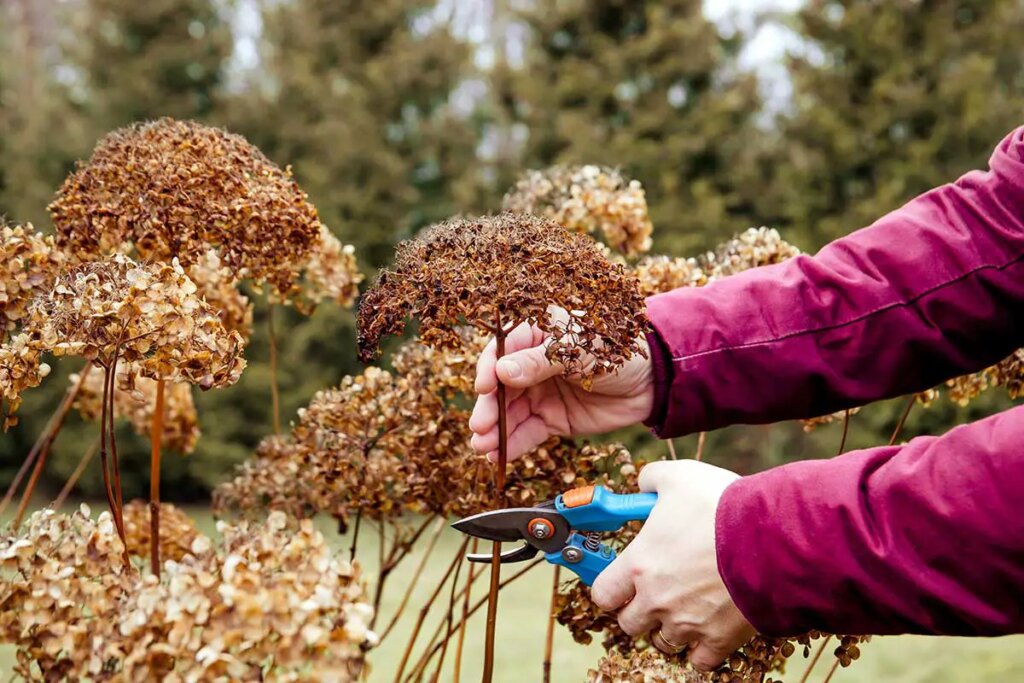
Many deciduous shrubs benefit from December pruning during their dormant period. However, exercise caution with spring-flowering varieties to avoid removing next year’s blooms. Watch out for viable buds when making your cuts. A gentle winter trim can help maintain shape and encourage healthy new growth come spring.
Essential Pruning Tips
Before you start your winter pruning session, keep these vital points in mind:
- Always use clean, sharp tools to make precise cuts and prevent disease spread
- Consider your local climate conditions before making major pruning decisions
- Take time to step back and assess your progress as you work
- Save major structural pruning for the dormant season
- Remove dead, diseased, or damaged growth first
Timing Is Everything
While December is generally an excellent time for pruning these plants, pay attention to your local weather patterns. In regions with severe winters, you might want to complete your pruning tasks earlier in the month. Conversely, in milder areas, you may have more flexibility with timing.
By following these guidelines and maintaining your garden through winter, you’ll set the stage for a vibrant and healthy growing season ahead. Remember that proper pruning isn’t just about cutting back – it’s about promoting healthy growth and ensuring your plants thrive year after year.

